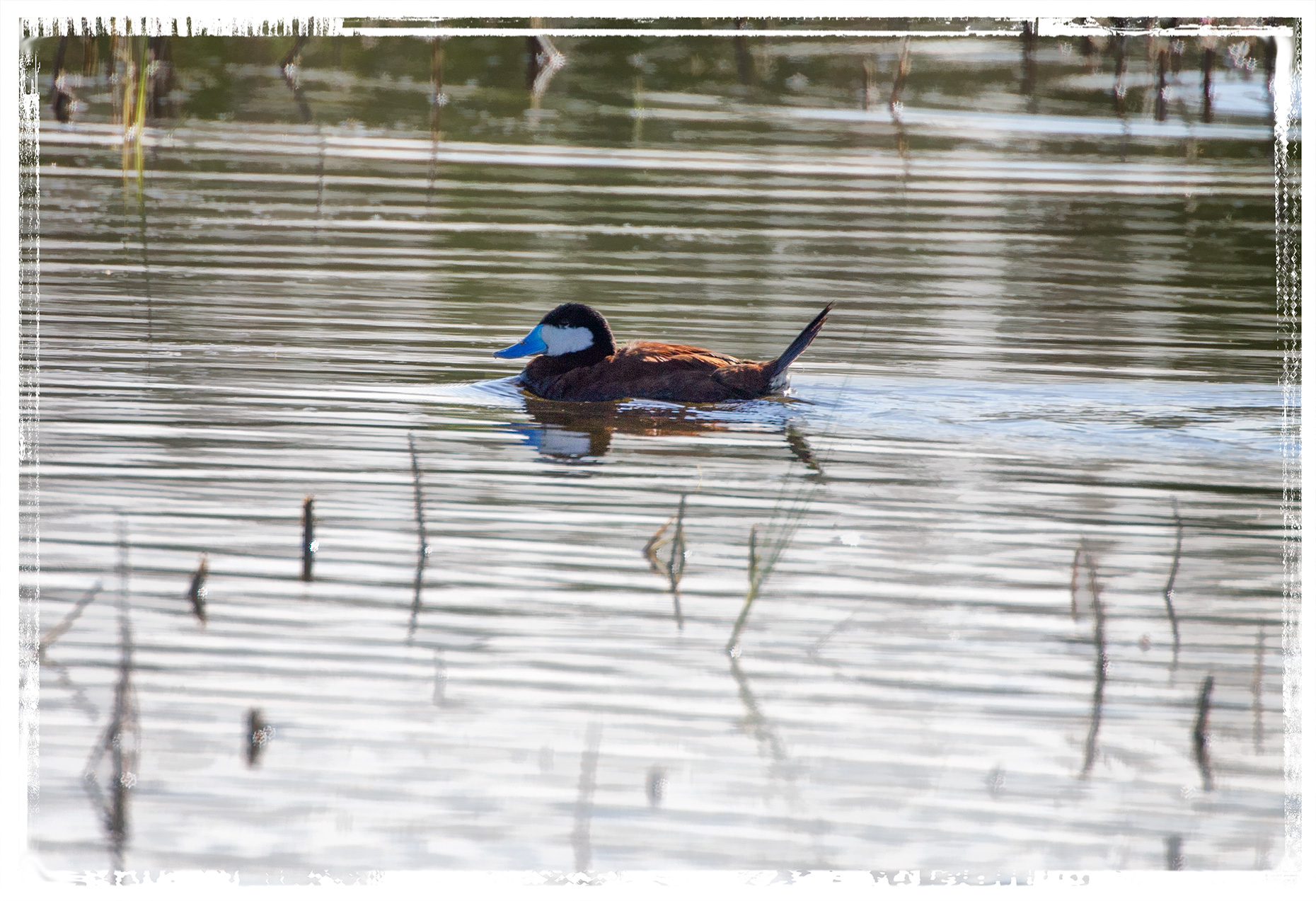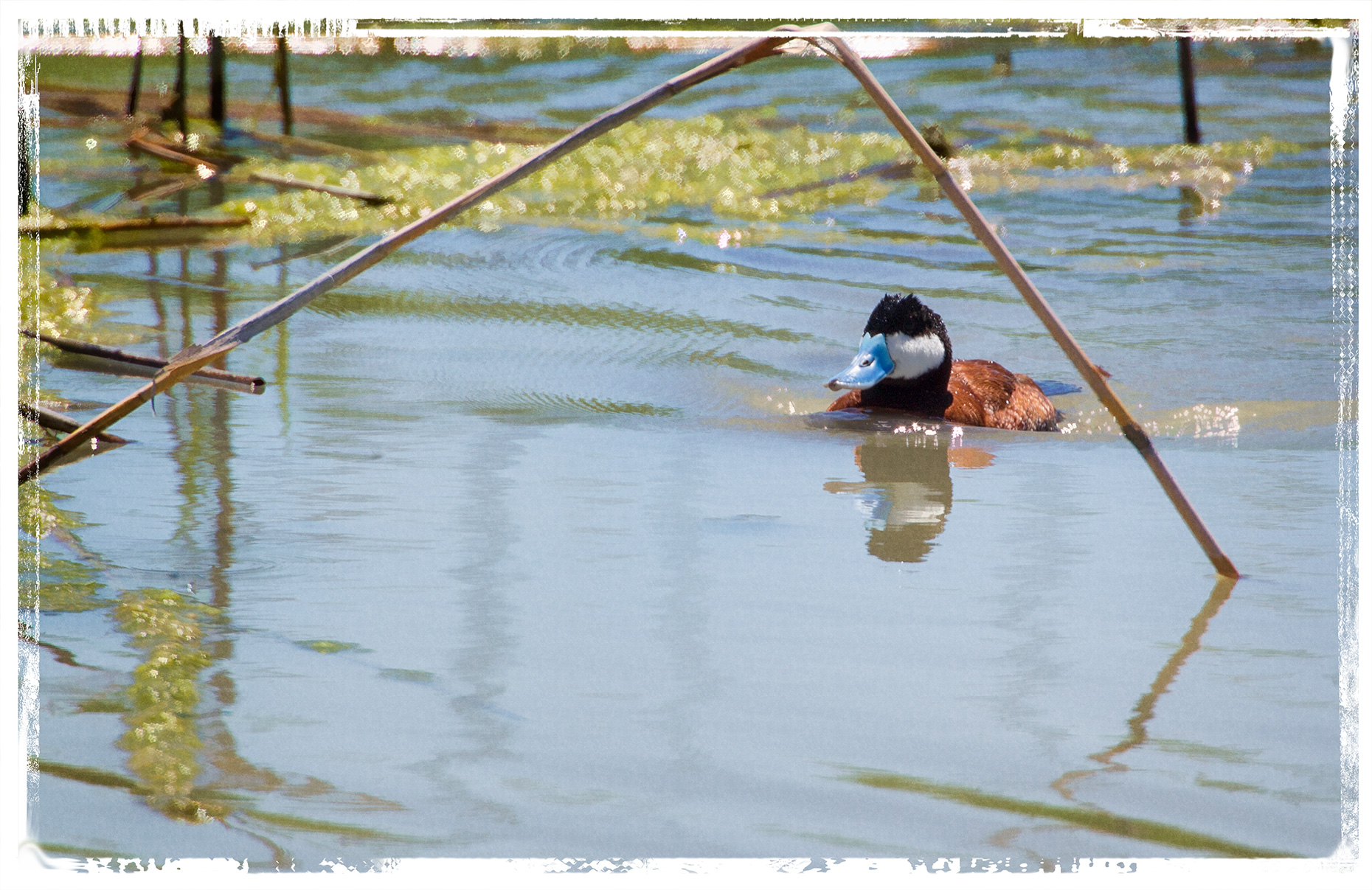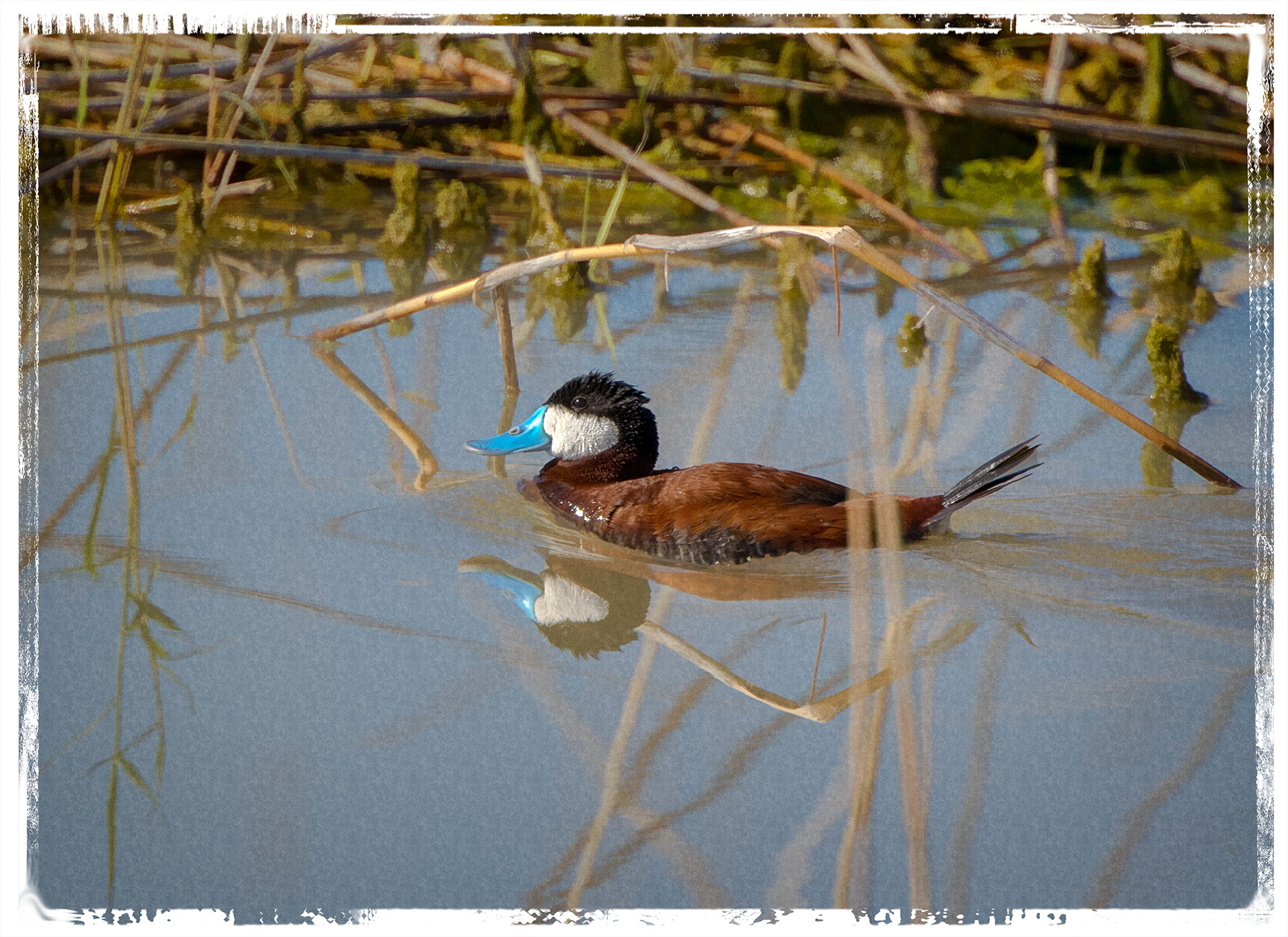Long, long ago I might have driven all the way to Bear River to get shots of Yellow-Headed Blackbirds since I was thrilled the first time I saw one in Colorado, even further away. At this point, I doubt I would be able to capture a better shot than the ones I already have since they’re definitely not a shy bird. However, since I rarely see them, I can’t resist the temptation to photograph one when I do see them.
This time of year there were very few male Yellow-Headed Blackbirds classically posed on the top of reeds calling for female companions while challenging male rivals. Instead, they were on the ground gathering food.

It wasn’t too hard to see why they were out collecting food. This youngster wasn’t shy about letting mom know that it was hungry,

only stopping when she finally paid attention to it.

Immediately after she flew off, the juvenile made it clear that it needed food NOW.

Luckily, dad was hanging out nearby simply waiting for the annoying photographer to leave so it could return to its nest with this delicious tidbit.








